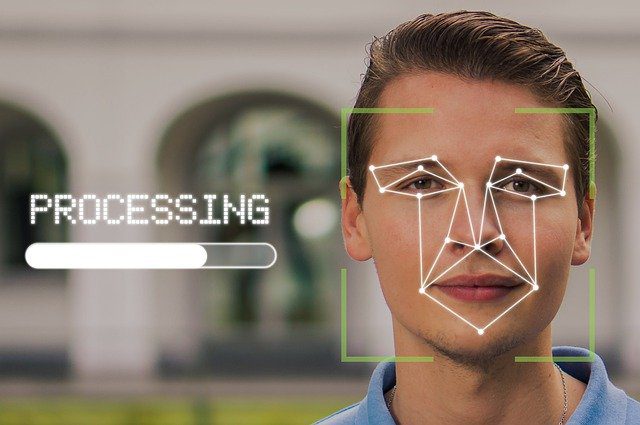TECHNOLOGY AND INNOVATION SURVEYS
Acceptability studies

User studies

Innovation satisfaction surveys

Chow to conduct innovation surveys?
Identify habits and friction points
User surveys concern the general public, certain parts of the population, or even professionals or economic sectors.
They identify and prioritise people’s habits in certain activities (payment, computer identification, mobility, entertainment, etc.).
They make it possible to obtain accurate portraits of people in the area of study.
CThese surveys seek to:
- measure consumer usage and its evolution,
- analyse the behaviour and choices of the different possibilities and offers,
- anticipate points of difficulty and the demand for innovation,
- provide input for innovative solutions.

Behavioural surveys
It is possible to use regional, national, public panels involved in a field of activity.
Or having an opinion on emerging offers (such as biometric authentication, digital payment, hydrogen fuel cells, connected objects, etc.).
It is also common to meet some users in the field (e.g. at universities, major events).
The organisation of roundtables also makes it possible to examine in greater depth the expectations, fears and obstacles of consumers in relation to certain emerging trends.
We cooperate with specialised operators, competitiveness clusters and start-ups in the development of new technologies.

Innovation questionnaires
Questionnaires are administered to consumers, usually face-to-face, or self-administered (online)
The questions address issues that are important to the user: understanding, information, safety, ergonomics, pricing, etc.
Situational testing
The same themes are measured objectively, through role-playing, with prototypes and user witnesses.
Group meetings offer participants the opportunity to take the innovation in hand, to appropriate it as a new customer in a real situation, and to experiment with its functions. These sessions can be filmed in order to highlight difficulties and illustrate them to developers and design offices.
This qualitative method accelerates the production of proof of technical viability of the concept and its iterative improvement.
